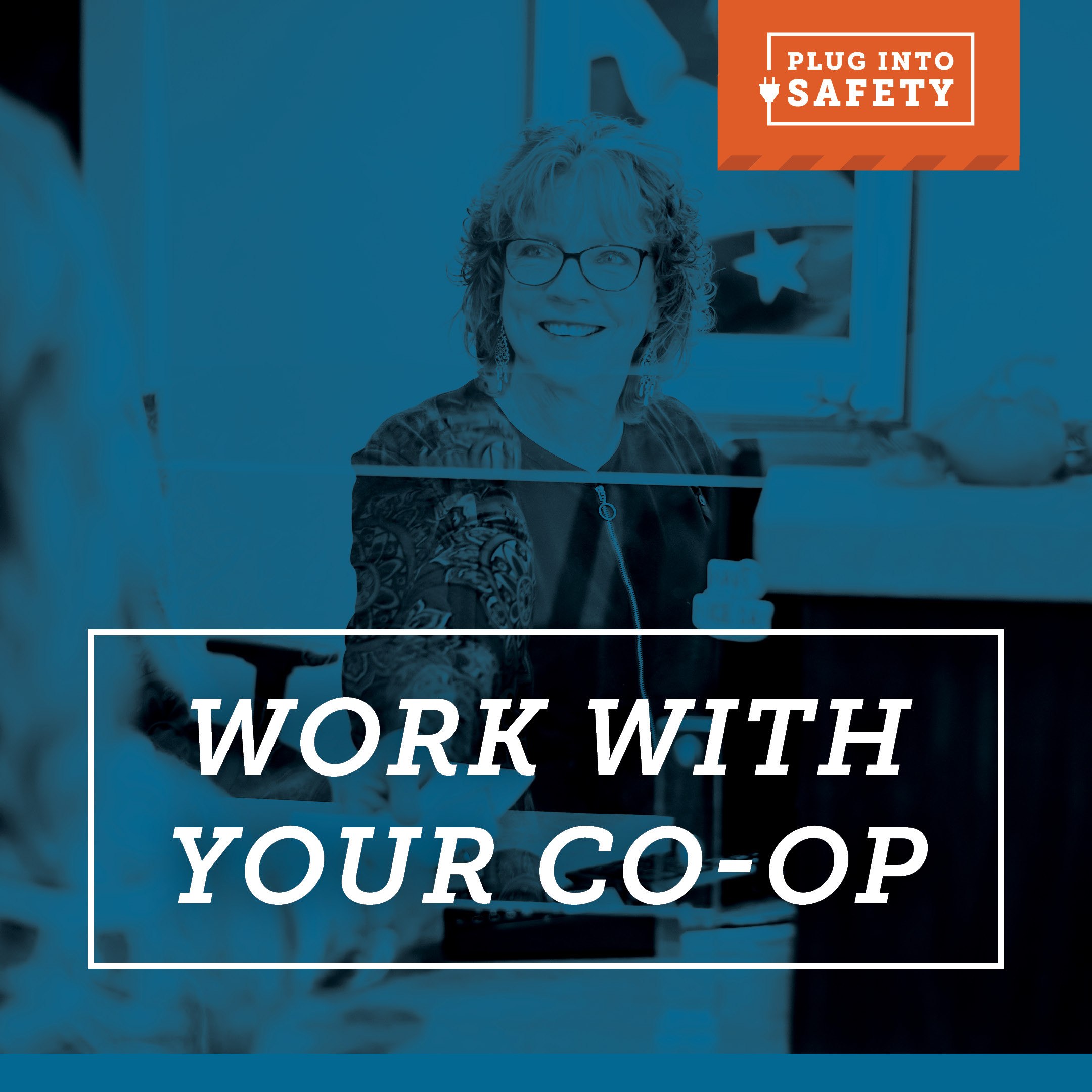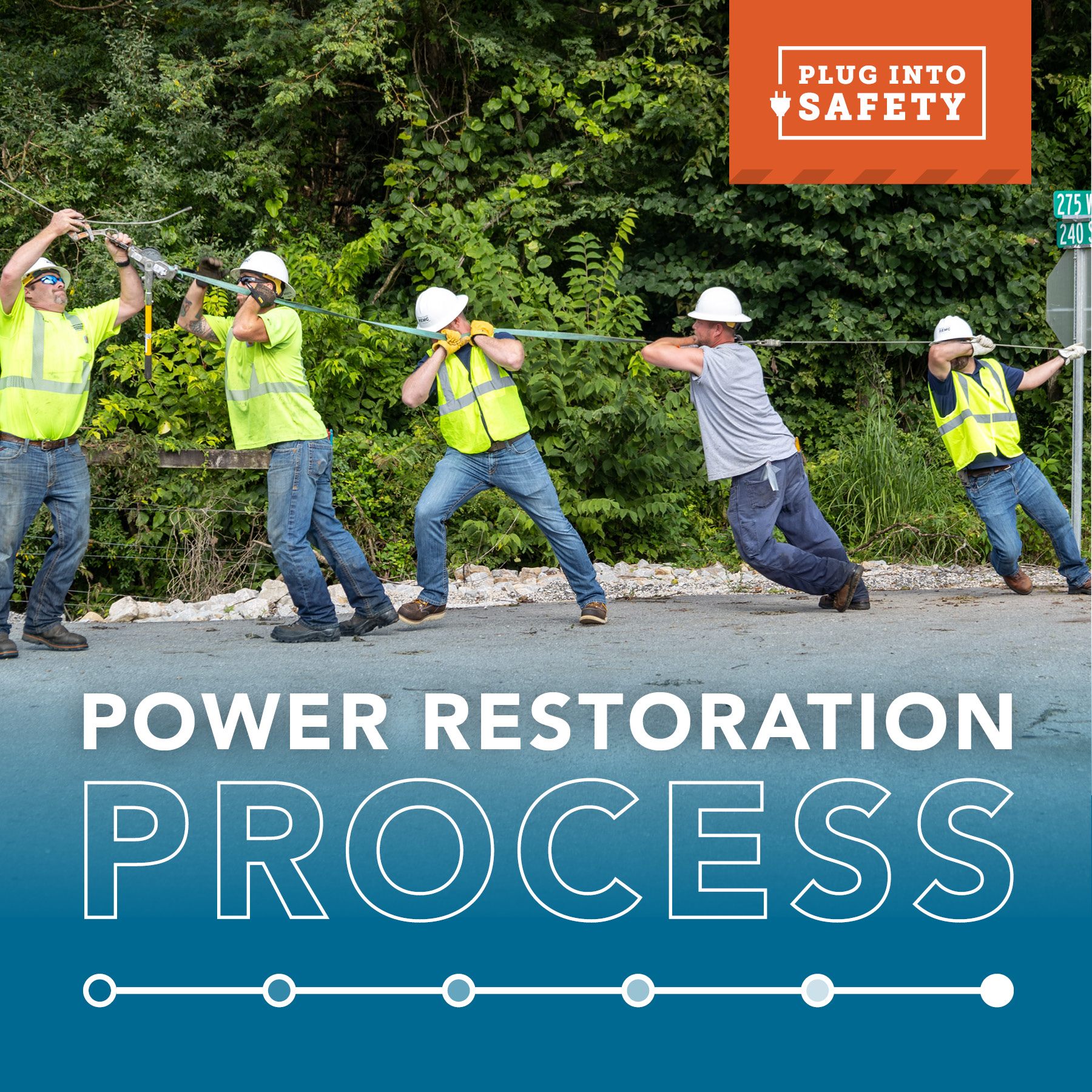Springtime in Indiana means warmer weather, but one of the downsides is an increased risk for flooding as local streams swell with runoff from melting snow and ice. Indiana Electric Cooperatives says that this is a good time of year to review your risk of flooding and to make sure you know what to do if the waters rise around your home.
Because floods can occur at any time and be caused by any number of situations, it’s a good idea to develop a plan in advance. Take a few minutes to consider what you would have to do if your home was threatened by floodwaters and make sure your family knows which steps to take. If it looks like you’ll need to evacuate your home, start taking action right away.
Indiana Electric Cooperatives suggests that you:
- Know where your shutoff valves and main switches for your electric service and other utilities are located. You may need to shut those off if you have to leave your home.
- Try to avoid floodwaters. They may be electrically charged from damaged power lines or contaminated from sewage or chemicals.
- Move irreplaceable and easily damaged items to upper floors or to a friend or relative’s home.
- Take up rugs and other items that could be soaked by incoming water.
Once local authorities tell you that it’s safe to return to your home:
- Do not use your furnace, air conditioner, or any other appliances that became wet until a qualified technician can verify that they’re safe to use.
- Enter any flood-damage buildings carefully in case water has caused structural damage to floors or foundations.
- Don’t drink municipal water until the authorities have told you it’s safe to do so and don’t drink or cook with well water until you have it tested for contamination.
- Carefully clean and disinfect any items in your home that came in contact with floodwaters. Sewage and chemicals may have entered your home with the water. In addition, you don’t want mold to form as surfaces dry.
In addition to the recommendations above, you should also remember not to drive into flooded areas. The National Weather Service says that more than half of the people who are killed by flooding are in vehicles that get swept away. Your car or truck can be lifted by just 18 inches of water, and once that happens, it’s not unusual for vehicles to roll over and trap drivers underwater.
Lastly, it’s important to remember if you plan to you use a boat to visit areas that have been flooded, or are evacuating people by boat for a flooded area, be especially alert to the potential of power lines being located under the water. If the lines are live, there’s a risk of electrocution or capsizing if your boat becomes tangled with them.
SOURCES: Electrical Safety Foundation International, FEMA, MarineTitle.com, National Safe Boating Council, National Weather Service, U.S. Coast Guard.





